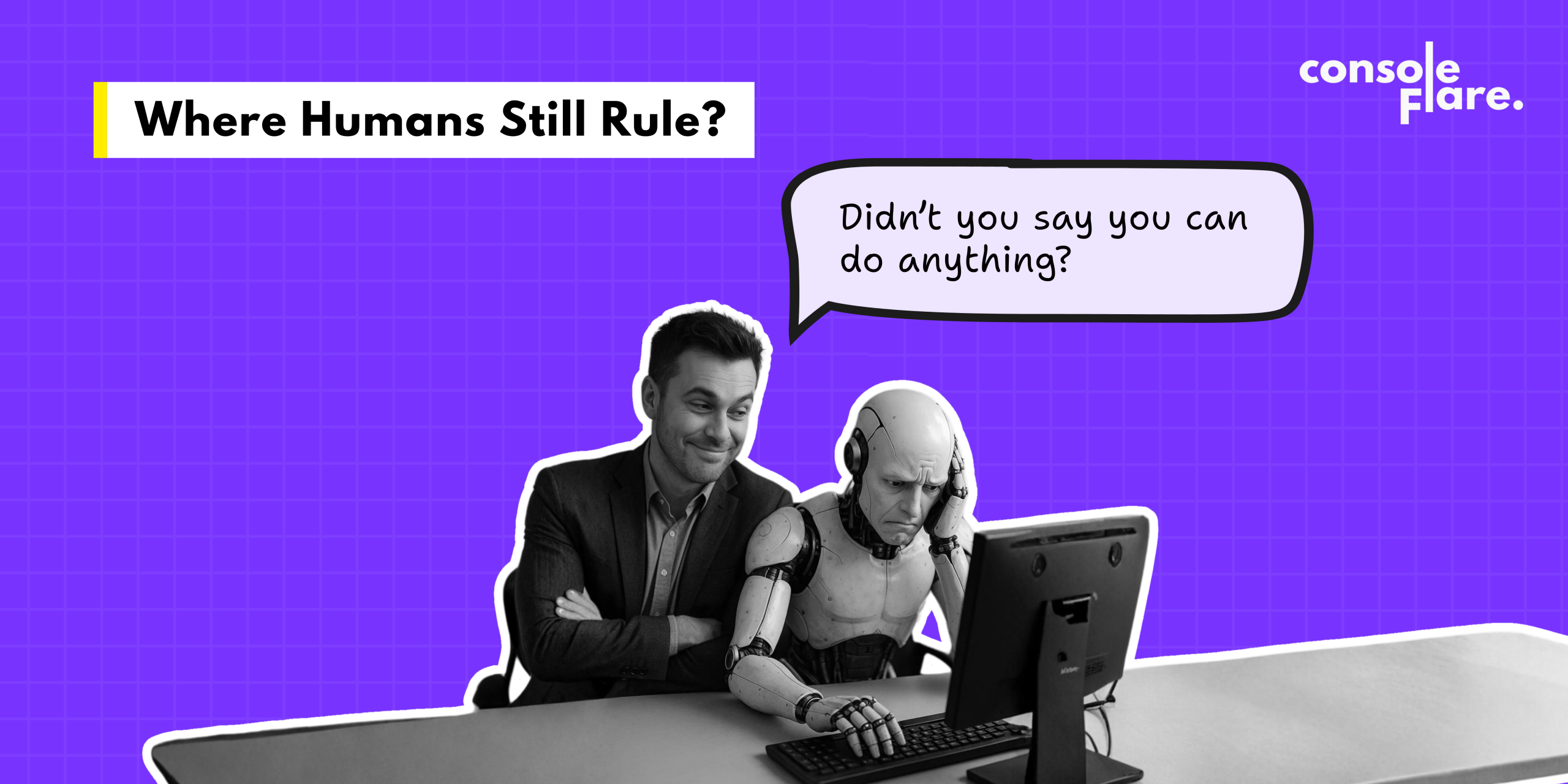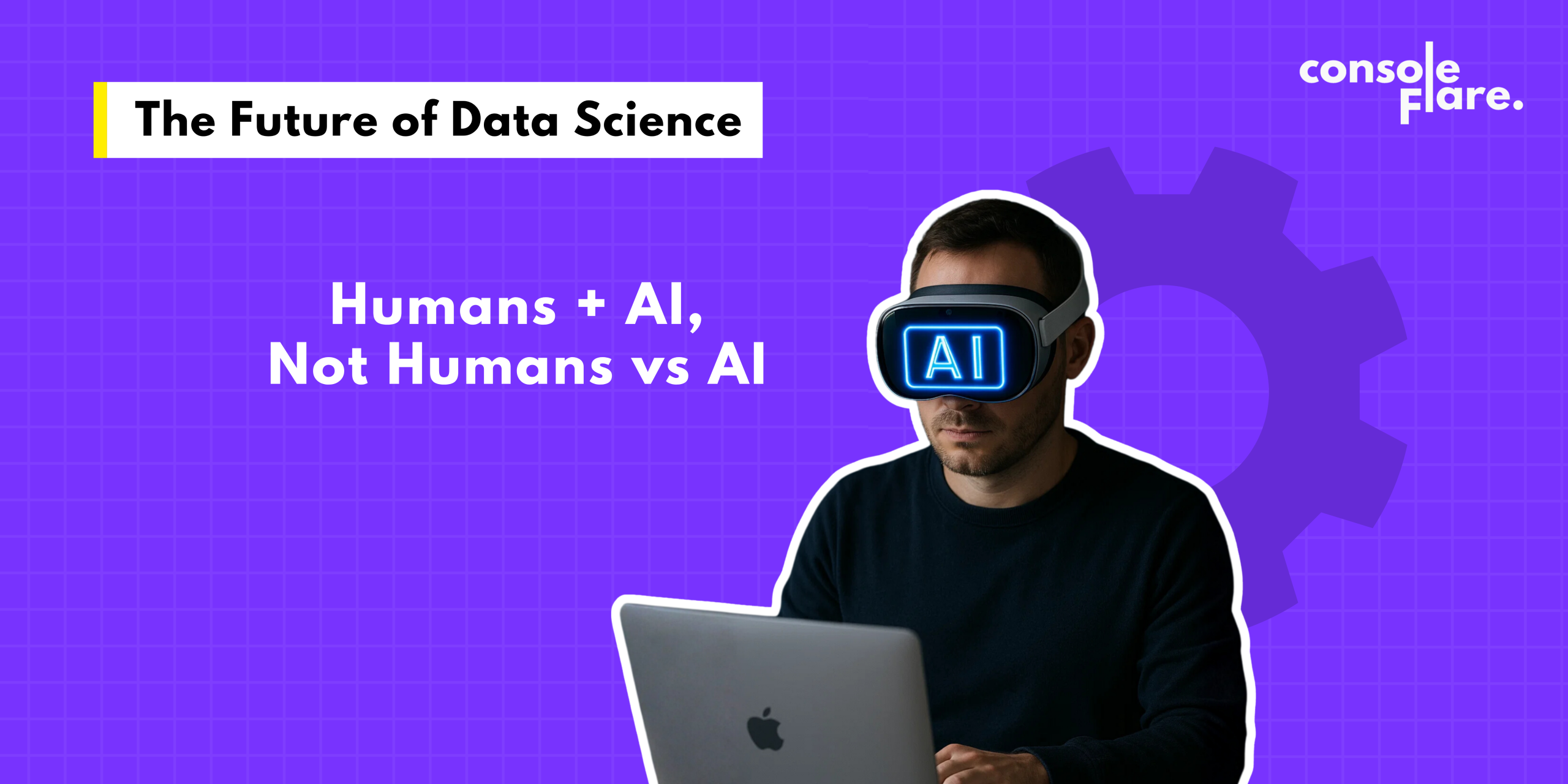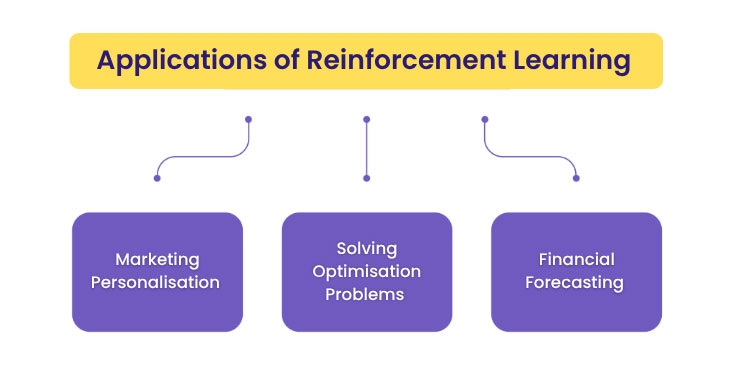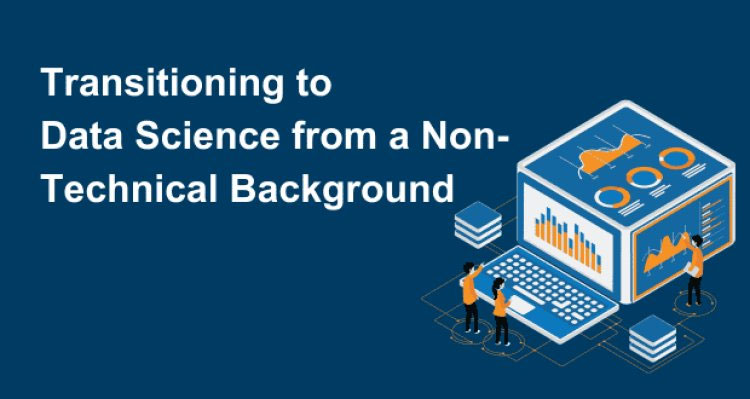The Question Everyone’s Asking
Every few months, a new wave of panic rolls through LinkedIn: “AI will replace data scientists!”
It’s the kind of headline that makes people pause mid-scroll, wondering if all the time they spent learning Python, SQL, and machine learning was for nothing.
I get it. AI tools are everywhere now — from ChatGPT writing code to AutoML building models. It’s natural to wonder if humans are slowly being pushed out.
But here’s something to think about: AI is amazing at following instructions — not at understanding context.
And that one difference is exactly why data scientists/data professionals are not going anywhere.
Why the Fear exist?
AI is improving fast. It can clean messy data, write basic models, and even summarize findings. It looks efficient — maybe too efficient.
But what most people forget is that data science isn’t just about math or code. It’s about solving real problems — problems that usually involve people, behavior, and business goals.

An algorithm might show that “sales drop in winter,” but only a human can ask why. Maybe there’s a supply issue. Maybe demand shifts to a different product. Maybe your marketing campaign didn’t connect.
AI can process data. You can understand the story behind it.
That’s the difference.
What AI Can Actually Replace?
Let’s be honest. There are parts of a data scientist’s job that are mechanical.
Cleaning duplicates, renaming columns, building dashboards — these can get repetitive.
AI tools like DataRobot, ChatGPT, and even Excel Copilot can handle some of this now.
And that’s not bad news. It’s actually a blessing.
Think of it this way — when calculators arrived, did mathematicians disappear?
No. They just stopped wasting time on arithmetic and started solving bigger problems.
AI does the same for data scientists. It takes care of the busy work so you can focus on the thinking work.
Where Humans Still Rule?
Here’s what AI can’t do (at least not yet):

- Understand the context behind a number.
- Talk to non-technical teams and make data make sense.
- Ask the right questions before even touching the data.
- Notice subtle, real-world connections a model might miss.
- Make ethical decisions — about bias, privacy, and fairness.
AI doesn’t know if a sudden drop in customer engagement could be due to a festival season or a local market issue. You do.
That’s the power of human judgment — and that’s what keeps data scientists relevant.
The Real Role of Data Science Courses Today
Now that AI handles more tasks, the role of a data science course isn’t just teaching tools. It’s to teach thinking.
A good course gives you three big advantages:
- Strong fundamentals — statistics, logic, and structured problem-solving never go out of style.
- Hands-on practice — working on real projects that force you to think beyond the textbook.
- Confidence with AI tools — learning how to use them smartly, not fear them.
The courses that stand out today are the ones that don’t ignore AI — they show you how to use it as part of your workflow.
Also Read: How Generative AI is Reshaping Data Analytics Careers?
A Quick Example
Say that you work in sales. You want to forecast next month’s revenue.
AI can run the model, sure. But when results come in — let’s say it predicts a sudden dip — AI won’t tell you why that might happen.
You’ll need to dig deeper: maybe there’s a pricing change; maybe a new competitor has entered the market.
That’s where your business sense kicks in.
AI can highlight patterns. But you, as a data scientist, explain why those patterns exist. That explanation is what leaders listen to — not the code.
Choosing the Right Course (Without Falling for Hype)
There are countless “Learn Data Science in 30 Days” ads floating online.
Ignore them. Data science isn’t a weekend skill; it’s a mindset.
When you look for a course, focus on these:
- Real datasets — not toy problems.
- Balance of technical and business learning.
- Mentorship from real professionals, not just pre-recorded videos.
- Updated content that includes new AI tools and ethics in data.
If a course helps you understand both the math and the meaning, you’re in the right place.
The Future of Data Science: Humans + AI, Not Humans vs AI
The future won’t be humans competing with AI. It’ll be humans collaborating with it.
The best data scientists of tomorrow will:

- Use AI to automate small tasks
- Use critical thinking to interpret complex data
- Bridge the gap between machines and management
That combination — technical skill + human understanding — will always be in demand.
AI might be quick, but it’s not curious. And curiosity is what keeps innovation alive.
Final Thoughts: Don’t Compete, Collaborate
So, will AI replace data scientists?
No — but it will replace the ones who stop learning.
Technology will keep changing, and your job is to grow with it. That’s why data science courses still matter so much — they help you evolve, adapt, and stay useful in a world where tools keep changing every year.
If you see AI as a rival, you’ll be stuck. If you see it as a partner, you’ll thrive.
Takeaway:
AI can analyze data, but it can’t understand people. And at its core, data science is about people — what they buy, how they behave, why they decide.
Learn to combine your human instincts with AI’s speed, and you’ll never run out of opportunities.
Call-to-Action:
Thinking about upskilling? Choose a data science course that doesn’t just teach coding — but helps you think, question, and create data. The future belongs to those who can blend AI tools with human intuition. Start learning today and make sure you’re one of them.
For more such content and regular updates, follow us on Facebook, Instagram, LinkedIn





